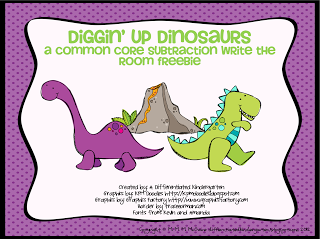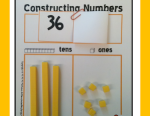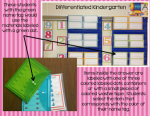As you begin to embark on your journey of creating a differentiated classroom or even if you are a seasoned instructor of differentiated instruction, it can sometimes be very easy to get bogged down by the details of tiering, flexible grouping, compacting and all the other strategies that you may or may not use to differentiate your instruction. However, what you really need to do is just focus on three very basic principles to guide you . . .
For now, let’s think only about number one. As a new teacher, you may or may not be handed a textbook to guide you through your early days of teaching. Remember, a textbook is just that, it is a GUIDE. It is not your curriculum. It is not your core concepts or essential skills. Your common core standards and objectives are the essential skills on which you need to focus. These are the skills that your students need to master, not necessarily what is in your textbook..
So for instance . . . Common Core K.OA.5 indicates that kindergarten students should be able to fluently add and subtract within 5.
Here is a little activity that addresses that very standard AND addresses the needs of your kinesthetic students that need to move.
Of course it’s free because I know how to take care of my peeps. Just click on the picture to get it.
Remember that your learning goals need to be clear. Struggling learners need to feel they have the facts they need but are not overwhelmed by disconnected content, fluff or EXTRA material. Likewise, advanced learners need to be challenged. Once you have your objectives and standards identified, you can tier your activities up or down to meet the readiness levels of all your learners. If you’d like to see what the above activity is like tiered click on the picture below.











This is a fantastic blog!!!!